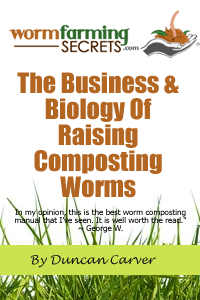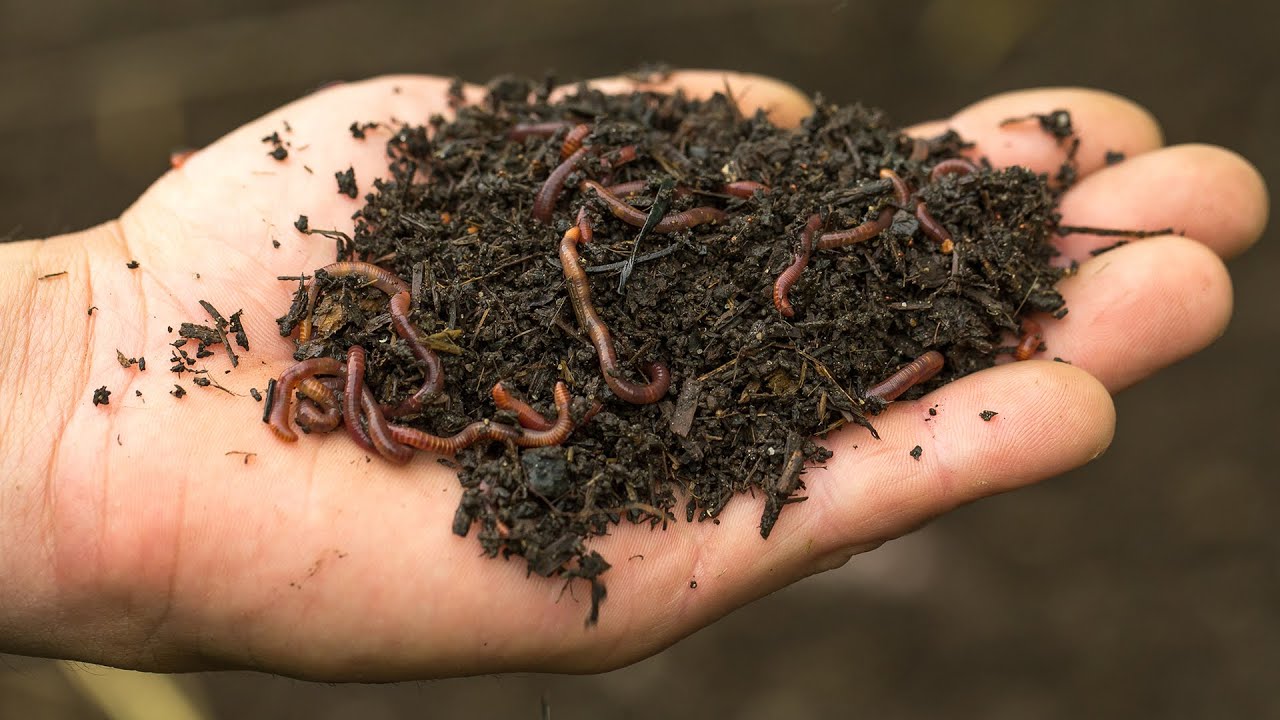“Thank you very much for your excellent newsletter and the very informative manual I bought from you. Since two day’s ago I notice some dead worms in my plastic bins (approximately 10 in 3 out of my 6 bins). On close examination I see some are swollen, some are like divided into sections and some are partially dissolved.
It looks much as your picture of a flatworm attack as described in your manual at page 41. But I cannot see any of these flatworms. The other worms in the bin look 100% healthy and are eating like crazy.
One reason I could think this could cause this, is that I since the last 3 weeks I have added the pulp from my new bought juicer, which could be very concentrated. (I do not add any citrus or pineapple pulp) I also started adding some horse manure.
The majority of the food given are shredded vegetable leaves (mostly cabbage and salad) Do you have any idea what the cause could be and what I can do to rectify the problem. Attached please find a few pictures. I am looking forward to your reply. Many thanks and kind regards” ~ Eric
Hi Eric,
Swollen and dead worms are a concern in worm farming.
Usually you won’t be able to see dead worms in bins because they dry out and decompose really quickly. So when worms are dying quickly enough for you to be able to see them then there is a problem.
There are many reasons and problems which could have resulted in your worm deaths. Sometimes it is hard to narrow down the reasons just by the way they look.
When worms die they start to be decomposed and breakdown in different sections so they can decompose in the manner you have described naturally, and it’s not a pretty sight!
Here is a link to a picture which shows how a general dead worm will look when it starts decomposing. This seems to be a worm that has lost its way on the side walk and had probably met a few shoes.
http://www.flickr.com/photos/browneyes/2540619893/
When horse manure is added, there may be some problems if the horse is fed de-worming medicine. Traces of the medicine will pass through to its manure which may then kill off your earthworms.
I have personally had a problem with my bin smelling of ammonia, a strong pungent smell, due to having too much nitrogen based material and not adding enough carbon.
There were very few worms left in the worm bin, and what ever was left there were decomposing in bits. If you don’t have that type of odor, and your worm bins smells earthy, then it should be fine. Pulp should not affect your bin in such a bad way.
Seeing that all your other worms are doing really well, with only a few dying in the way you have mentioned, it highly rules out the environment of your bin being the problem.
Instead it shows that is highly likely you have some sort of predator in your bin (seeing the worms split into different sections being an easy identifiable factor). Luckily for a predator issue, it doesn’t seem to be a huge problem yet.
Having the land planarian flat worms such as the Bipalium Kewense or the Dolichoplana Striata in your system will be a huge a problem, because they can attack worms by the masses and replicate prolifically.
They are cannibalistic, devour earthworms, slugs, insect larvae and are such strong predators that the only danger they have to face in the soil are themselves.
The appearance of the Bipalium Kewense is flat and grey with one or several black stripes running down the back of the body. They can be from 3cm to 50cm long and 0.5 cm wide. Their origins lead to Indo-China and it was first discovered in London in 1878 and more commonly found in America in 1901.
http://entnemdept.ufl.edu/creatures/misc/land_planarians_photo1.htm
The Dolichoplana Striata is a lot darker in color due to many long dark stripes (up to 6) and are shorter with length reaching only to 120mm. Again these are elongated and flat which makes it easy to find amongst earthworms.
http://entnemdept.ufl.edu/creatures/misc/land_planarians_photo2.htm
They attack by a protruding needle like pharynx which pierces through the prey. They then secrete digestive juices which breakdown the insides of the prey allowing them to suck out the partially digested innards of the worm creating the so seemed ‘partitioned’ sections.
http://entnemdept.ufl.edu/creatures/misc/land_planarians_photo3.htm
Their determination for survival is pretty strong too.
The food that they sucked out is stored in their body and is slowly used up, therefore they can survive many weeks without food. Without food, they will shrink in size to make themselves more efficient for nutrient uptake, and will start to digest their own tissues for nutrients!
The scary thing is their ability to reproduce asexually (by themselves) AND sexually (with a mate).
Asexual reproduction is done by attaching their tail to a substrate (most probably a food source such as a worm). The flatworm then moves away detaching and leaving it’s ‘tail fragment’ which can begin to move immediately. The ‘tail’ will then start forming a head within a week. Each flatworm can detach up to 2 fragments every few weeks.
Making matters worse is that they can reproduce with each other forming cocoons. Just like earthworms, they each have both the male and female organs and can each deposit red colored cocoons, which turn black, within 24 hours. The cocoons hatch in about 3 weeks.
With such fast reproduction rates and strong predatory and survival skills, it is no wonder why they can easily out-compete earthworms, making it a big problem for any worm farm.
If you do see these flatworms, have them removed immediately and check your bin at least twice a day, to make sure there are none left in there that can start reproducing, until the situation is stable. Luckily you haven’t encountered one yet.
Other than this particular flat worm, there are other predators that the earthworm can encounter as well. In your case, it may not even be the flat worm which is causing the problems.
I have previously mentioned that most species of slugs will live in harmony with the worms since they are not carnivorous.
There are some exceptions as there are some species of snails and slugs which will also take a liking to your worms. Take the Arion subfuscus shown in the following blog for example, the slug seems to have broken the earthworm down pretty well!
http://snailstales.blogspot.com/2006/04/mmmworms.html
Just before I create a panic attack against worms, I must say that usually slugs and snails don’t really do much harm to worms and actually benefit the composting in the bin. Just be aware that there are SOME species which will take a liking to your worms.
Even so, slugs will reproduce a lot slower than the flat worms. If you have problems with worm deaths and you see nothing other than slugs and snails about, then try getting rid of them to see if it does your worm bin any good.
Hope you solve the worm death problem!




I have worm ‘bits’ in my worm farm as well, as if something has chopped them up. The weird bit is that they were still knida alive. Do you know what could be doing this?